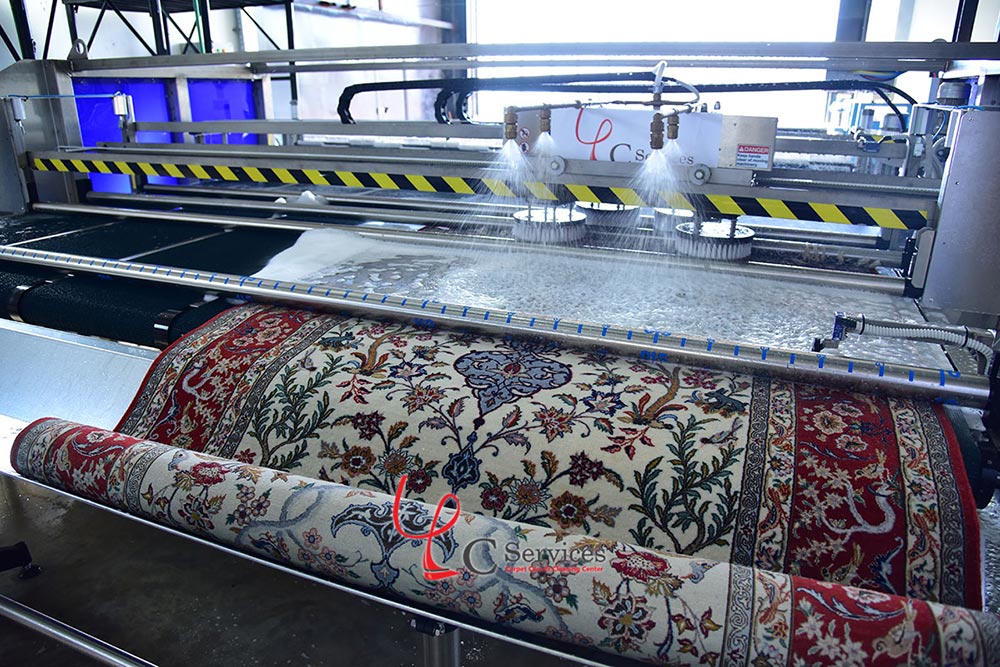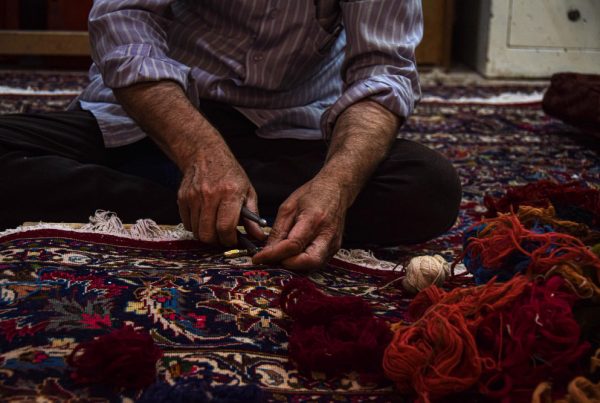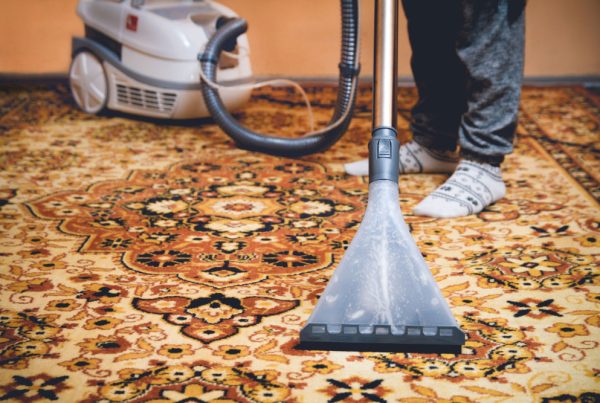Flawless rug care is not an accident; it is the product of disciplined quality control at every stage. From the moment a carpet enters the workshop to the final grooming before it leaves, step-by-step checklists ensure safety, consistency, and results that respect the textile’s history. This guide lays out practical, professional-grade checklists you can adopt or evaluate when choosing a service partner. Whether your home is in Beirut or elsewhere in Lebanon, these standards help protect fiber integrity, color, structure, and value.
Intake and Identification Checklist
The intake phase builds the foundation for every decision that follows. Accurate identification prevents chemical or mechanical mismatch during cleaning and repair.
- Owner details recorded: Contact info and any known rug history.
- Rug identification: Hand-knotted, flatweave, tufted, or machine-made; origin and era if known.
- Fiber mapping: Wool, silk, cotton, viscose, or blends noted for pile, foundation, and fringe.
- Condition photography: Overall, corners, fringes, stains, and any pre-existing tears or holes.
- Dimensions and geometry: Length/width, squareness, and visible buckling or waves.
- Risk flags: Suspected fugitive dyes, brittle foundation, odor concentration, pet accidents, water damage.
Colorfast and Fiber-Safety Checklist
Premature wetting without testing is one of the most common causes of damage. This checklist prevents color run and fiber stress.
- Spot tests by hue: Reds, blues, and dark browns checked separately; ivory areas inspected for prior bleaching.
- pH tolerance test: Confirms safe chemistry range for wool and silk.
- Hand evaluation: Fiber spring and resilience checked to anticipate agitation limits.
- Stabilization plan: Fugitive zones marked for barriers or adjusted handling.
Documentation and Labeling Checklist
Clear labeling avoids mix-ups and supports traceability as the rug moves between stations.
- Unique ID tag: Secured to a safe edge location.
- Job card: Attached with service scope, risks, and technician notes.
- Workflow routing: Cleaning only, cleaning plus repair, or conservation-level restoration.
Dry Soil Removal Checklist
Removing embedded particulates before washing reduces abrasion and yields cleaner, brighter results.
- Surface vacuuming: Suction-only on delicate pile; no beater bar on silk or fragile areas.
- Directional dusting: Controlled vibration or air dusting from the back and face.
- Debris audit: Evaluate volume and particle type to inform wash intensity.
Pre-Treatment and Stain Strategy Checklist
Targeted pre-treatment helps avoid over-wetting and unnecessary dwell times.
- Soil load mapping: Traffic lanes, medallion halos, dining-area residues.
- Stain classification: Protein, tannin, oil, dye transfer, or mixed.
- Dwell control: Timed applications with dye-safe agents appropriate to fiber.
- Edge and fringe plan: Protect foundations to prevent wick-back and fringe browning.
Primary Wash Method Checklist
Method selection is driven by construction, dye stability, and structure.
- Method confirmed: Hand wash, controlled immersion, or low-moisture topical on fragile textiles.
- Water quality: Treated or conditioned water when needed for dye control.
- pH stewardship: Wool-safe and silk-safe chemistry monitored throughout.
- Agitation limits: With-the-nap tools, low mechanical force, and short cycles on sensitive areas.
Rinsing and Extraction Checklist
Residue-free fibers resist re-soiling and retain a supple hand.
- Multi-phase rinse: Continue until rinse-out runs clear.
- Balanced extraction: Even moisture removal to prevent distortion or rippling.
- Spot re-rinse: Additional attention for dense or contaminated zones.
Drying Environment Checklist
Drying is where many projects succeed or fail, particularly in coastal climates like Beirut.
- Airflow control: Directed, moderate airflow to avoid uneven drying.
- Temperature and humidity: Monitored to prevent dye migration and foundation stress.
- Support surfaces: Breathable platforms; no plastic traps that cause condensation.
- Edge support: Corners pinned or guided to avoid scalloping.
Repair and Stabilization Checklist
Many rugs benefit from small stabilizations that prevent new damage after cleaning.
- Fringe root securing: Discreet stitching where bundles are weak.
- Edge overcasting: Short lengths to stop unraveling at vulnerable spots.
- Guard border checks: Identify areas that may need future attention.
Color Harmony and Finish Checklist
Visual coherence comes from careful alignment of pile and tone rather than coatings.
- Grooming with the nap: Restores sheen and pattern clarity.
- Tone harmonization: Evaluate transitions between old and newly brightened areas.
- No residue policy: Confirm that the hand is supple, not stiff or tacky.
Blocking and Geometry Checklist
Square geometry showcases borders and medallions correctly.
- Measurement to reference lines: Confirm squared corners and even borders.
- Tension balance: Correct buckling and waves before release from blocking.
- Pattern alignment: Verify that motifs track straight across the field.
Final Grooming and Presentation Checklist
The last ten percent of effort often determines how the rug reads in a home or gallery.
- Pile alignment: Light passes to even reflection and micro-contrast.
- Fringe tidy: Uniform length and direction without harsh bleaching.
- Lint and dust pass: Remove stray fibers and workshop debris.
Quality Sign-Off and Handover Checklist
Formal sign-off ensures accountability and a clear record of the rug’s journey.
- Before/after photos: Included with notes on work performed.
- Care guidance: Vacuuming, pads, rotation, and spill response summaries.
- Future watch list: Small areas to monitor over time (edges, corners, high-traffic lanes).
Why Checklists Matter for Homeowners
A workshop that lives by checklists offers predictability and safety. For families in Beirut and across Lebanon, that means fewer surprises and more durable outcomes. When comparing providers, ask to see their process documentation. Consistency is not just an operational benefit; it is a quality promise that shows in color clarity, clean feel, straight geometry, and edges that resist wear.
Key Takeaways
- Test first: Colorfast and fiber checks prevent avoidable damage.
- Dust before wet: Thorough dry soil removal reduces abrasion and improves results.
- Control the environment: Rinsing, extraction, and drying discipline protect dyes and structure.
- Finish with intention: Blocking and grooming elevate cleanliness into lasting beauty.
- Document everything: Photos and notes support transparency and future care.
Disclaimer
The checklists provided are educational and represent general best practices. Every rug varies by fiber, dyes, construction, and condition. Always perform colorfast testing in an inconspicuous area and avoid harsh chemicals or aggressive agitation. For valuable, antique, or fragile textiles, seek assessment and treatment from qualified professionals.



